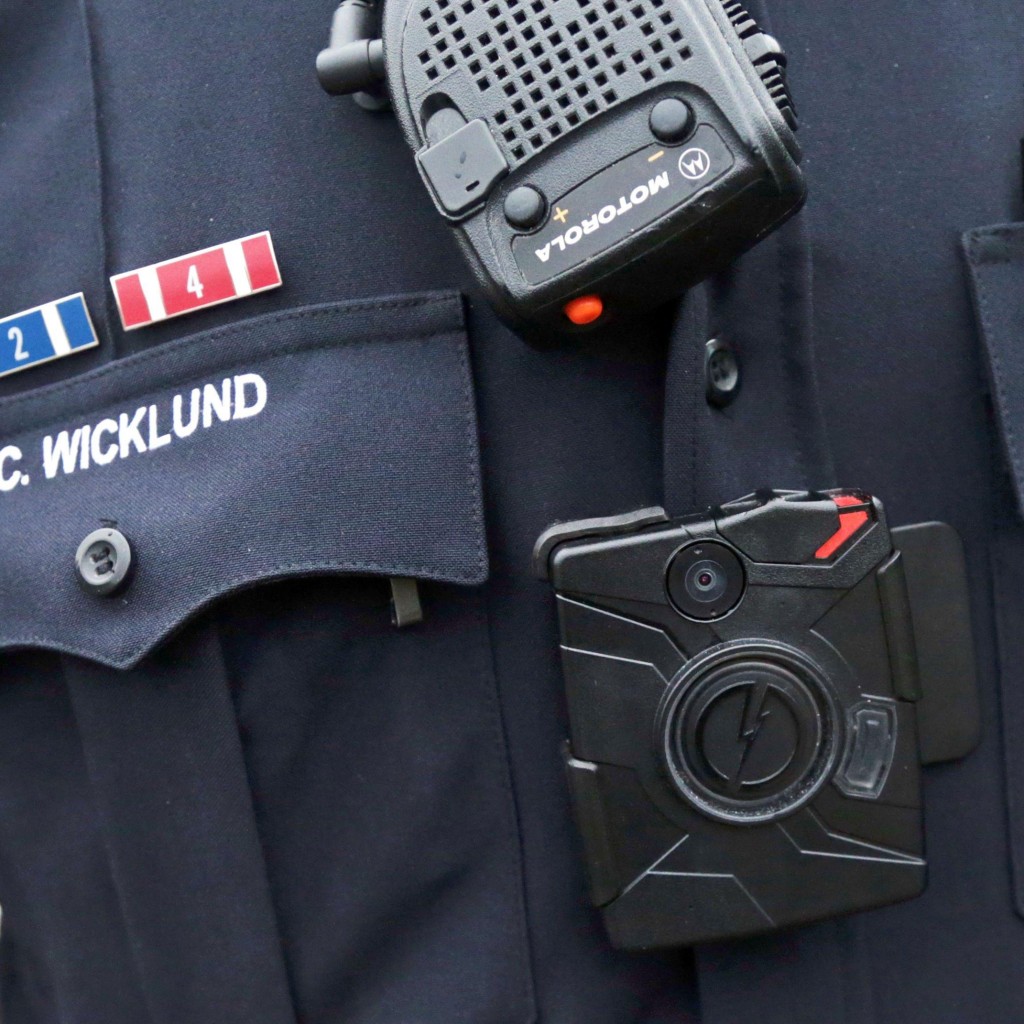
In the wake of highly publicized acts of police brutality captured by cellphone cameras during the past year, more law enforcement agencies are using or are about to begin using body-worn cameras (BWCs).
While they have been celebrated as a technological breakthrough that can protect law enforcement officers as well as members of the public who interact with them, there’s also concern that it’s something of a panacea for a more complex problem. Critics note that how Staten Island resident Eric Garner was choked and ultimately died by the hands of a New York City police officer in 2014 in an incident that was captured by a cellphone.
But a new study released on Monday by researchers at the University of South Florida shows that body-worn cameras are an effective tool to reduce response-to-resistance incidents and serious external complaints, as well as to improve overall police work.
The study, called by USF officials to be the first of its kind nationally, ran from March 2014 to February 2015. During that time, 46 officers used BWCs and 43 other officers did not.
“In the beginning, officers were relatively skeptical that wearing a body-worn camera would impact their response-to-resistance, incidents where police officers use force on those resisting arrest, or impact external complaints or internal complaints against them,” said Wesley G. Jennings, principal investigator for the study and associate professor and associate chairman in USF’s Department of Criminology.
“However, after the study many officers wearing the BWCs felt that it impacted their behavior in the field and also felt that the BWCs impacted citizen behavior, helping to de-escalate confrontations between citizens and police. They also said that the BWCs improved their evidence collection, recollection of events and helped minimize errors in their reports. Most felt that the BWCs made them better officers.”
According to the USF researchers, when data from the year before the study and data collected during the study were compared, the number of BWC officers involved in response-to-resistance incidents declined significantly. In addition the study revealed that the department experienced fewer serious external complaints about the officers wearing body-worn cameras.
The study showed that there was a 53 percent reduction in response-to-resistance/use-of force incidents and a 65 percent reduction in external complaints among the officers wearing body-worn cameras.
The body-worn cameras used in the Orlando study, said Jennings, were Taser Axon Flex cameras that cost about $600 each. Additional costs would be in software for data storage and equipment maintenance, bringing the price for their use up to about $1,000 per camera. However, President Barack Obama has proposed to set aside $75 million to aid police departments in purchasing body-worn cameras, Jennings said.
In late September, the Orlando Police Department was awarded $497,480 by the U.S. Department of Justice for a “Body-Worn Camera Implementation Program” that will run from Oct. 1, 2015 to Sept. 30, 2017. “We anticipate buying 450 body cameras,” Chief John Mina said.
In March, 60 officers with the Tampa Police Department began using such body-worn cameras, which come at a cost of $1,383 each. With video storage and maintenance, add another $956 per year for each camera.
The city of Tampa has signed a five-year contract with Arizona-based technology company Taser International. Over the life of the contract, each camera will cost about $1,000 to maintain.
The St. Petersburg Police Department will use such cameras, but not until next summer. Fox-13 WTVT reported in August that the department will wait for the American Bar Association’s Task Force on body cameras to finish its report before utilizing them. That report won’t be completed until next August.
During the last legislative session in Tallahassee, West Park state Democratic Rep. Shevrin Jones filed a bill mandating that local law enforcement agencies must begin using such BWCs. However, after receiving opposition from law enforcement groups, he changed the measure to ensure law enforcement agencies using the cameras develop policies and procedures.
Jones has refiled the bill for the 2016 legislative session.



